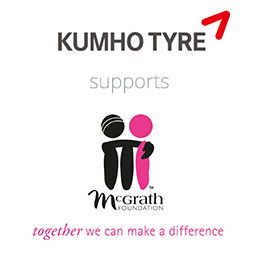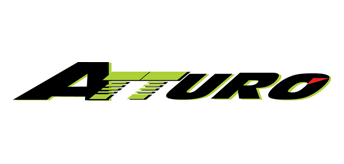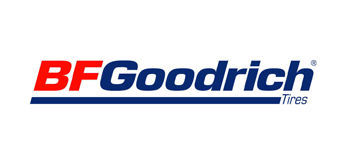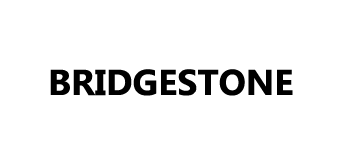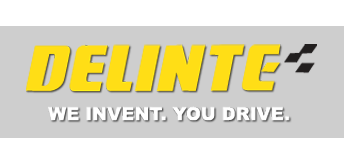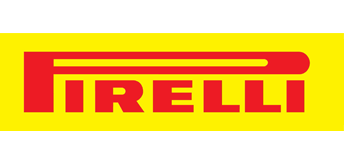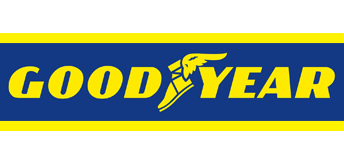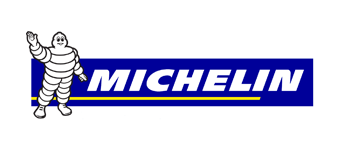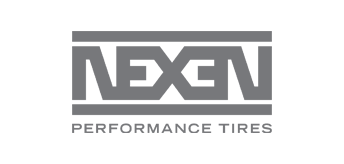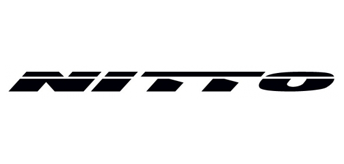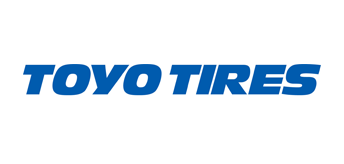Customised Wheel Alignments

At TyreMag we feel that your Alignment is one of the key maintenance factors in getting the most wear and performance from your tyres. Wheel alignment provides:
- safe, predictable vehicle control
- a smooth and comfortable ride free of pulling or vibration
- improved gas mileage
Today’s modern suspensions require a precise four-wheel alignment that can only be achieved through a modern alignment system. This applies to both front and rear wheel drive vehicles.
Alignment Basics
Aligning a car or truck involves the adjustment of the vehicle’s suspension, not the tyres and wheels. The direction and the angles that the tyres point in after the alignment is complete are critically important.
There are five factors involved in setting the alignment to specification: caster, camber, toe, thrust and ride height.
Use the following guide to better understand the process and spot potential problems.
Caster
Caster is the angle of the steering axis (the part of the suspension that supports the wheel and tyre assembly). Viewed from the side of the vehicle, an imaginary line drawn between the centres of the upper and lower ball joints forms an angle with true vertical; this is defined as caster. The illustration to the right shows whether this angle is referred to as positive or negative. Caster is important to steering feel and high-speed stability.
Camber
Viewed from the front of the vehicle, camber describes the inward or outward tilt of the tyre. The illustration below shows whether this tilt is referred to as positive or negative. The camber adjustment maximizes the tyre-to-road contact and takes into account the changes of force when a vehicle is turning. Camber is the one adjustment that can be set according to driving habits. Generally, if you drive more aggressively when cornering, more negative camber can be set. If you drive on highways and do very little hard cornering, more positive camber can be set.
Toe
Viewed from above the vehicle, toe describes whether the fronts of the tyres are closer (toe-in) or farther apart (toe-out) than the rears of the tyres. The illustration below shows this relationship. Toe settings vary between front and rear wheel drive vehicles. In a front wheel drive vehicle, the front wheels try to pull toward each other when the vehicle is in motion, which requires a compensating toe-out setting. A rear wheel drive vehicle works just the opposite, necessitating a toe-in setting. Stated differently, toe is set to let the tyres roll in parallel (at zero toe) when the vehicle is in motion.
Ride Height
Ride height is simply the distance between the vehicle’s frame and the road. This is the reference point for all alignment measurements. Vehicle customizing very often will include raising or lowering the vehicle. Don’t forget to have your vehicle aligned afterward. Also, this rule applies if you put a taller or shorter tyre on your vehicle.
Misalignment and Tyre Wear
By now you may have concluded that poor tyre wear and misalignment are closely related. That of course is true. But what can be done to minimize this condition? It turns out that many of these misalignment conditions can be easily “read” by your tyre dealer; and they can recommend the appropriate solution, which will be “get an alignment”. For your assistance, the following troubleshooting guide will help you see what your tyre dealer sees. Armed with this knowledge you can check your tyres every so often; a knowledgeable glance at the parking lot can pay big dividends.
The chart at right is not exhaustive; but if you learn to spot these symptoms early, you can get a lot more wear from your tyres.
Remember tyres take the brunt of many problems. Simply replacing the old ones is not a solution. Very soon afterward, your new tyres will begin to reflect the same problems if you have not made the appropriate remedy.
Worn Parts
Very often a worn suspension part is the cause of an alignment problem. On older vehicles, worn springs can lower a vehicle’s ride height, altering its geometry and creating misalignment (all alignment settings refer to ride height). Weak springs can also contribute to uneven or “cupped” tyre wear.
Another common problem is worn ball joints. The symptoms here are erratic handling, slow steering response and irregular tyre wear. Finally, worn tie rods can allow the tyre to wander left to right, effectively changing toe as the vehicle rolls down the road. Irregular feathering will develop on the tyre tread when this is the problem.
Again this is not an exhaustive listing, but if you stay alert to these common problems, it may help you schedule an early visit to your mechanic and save on tyre wear.


